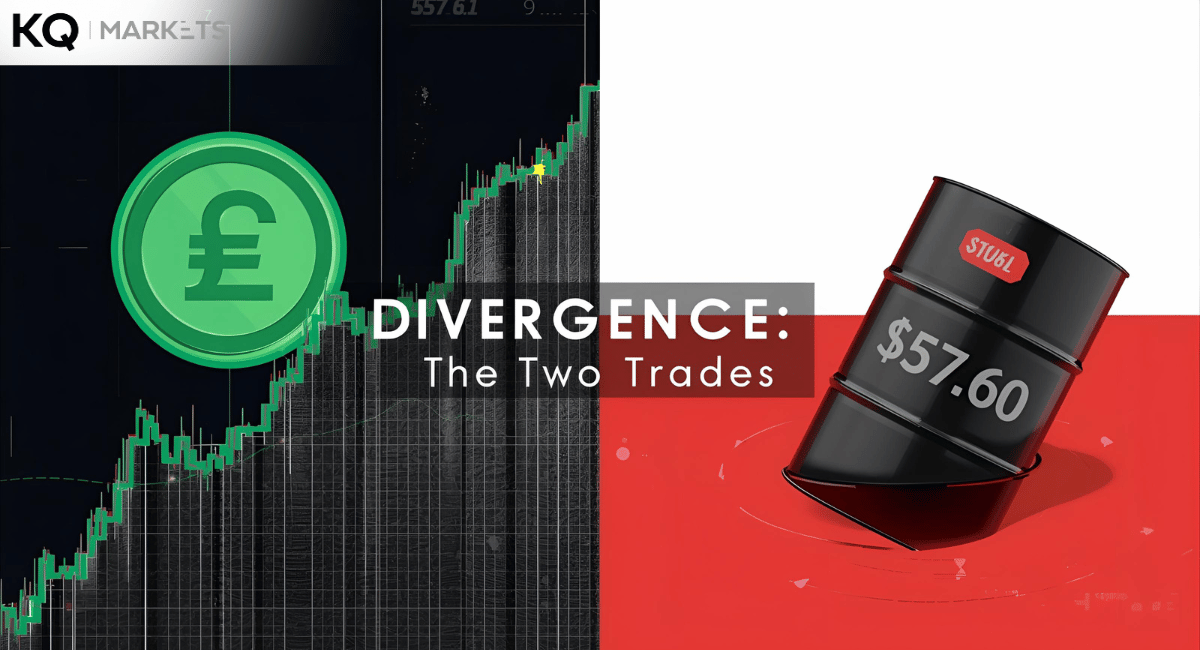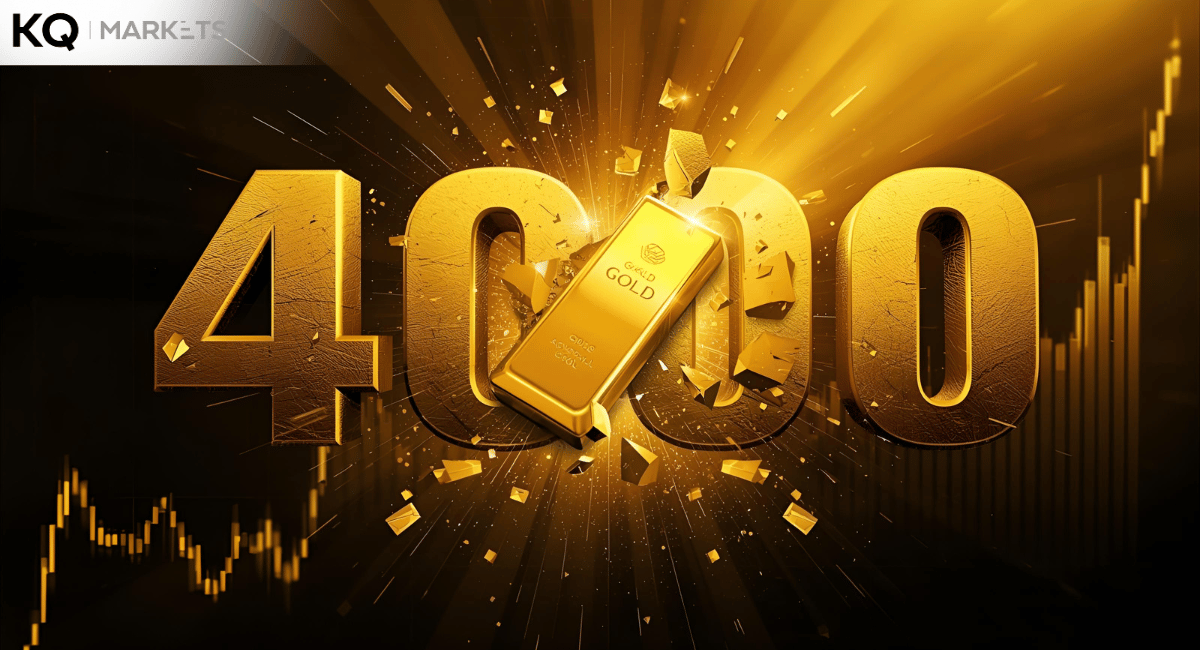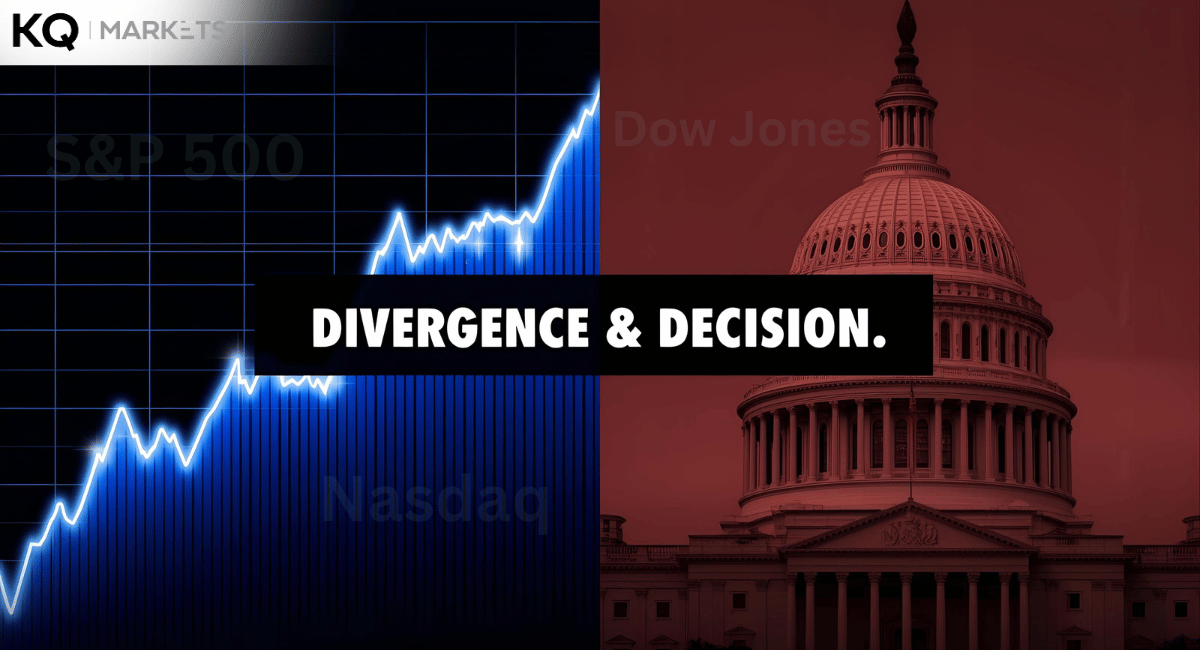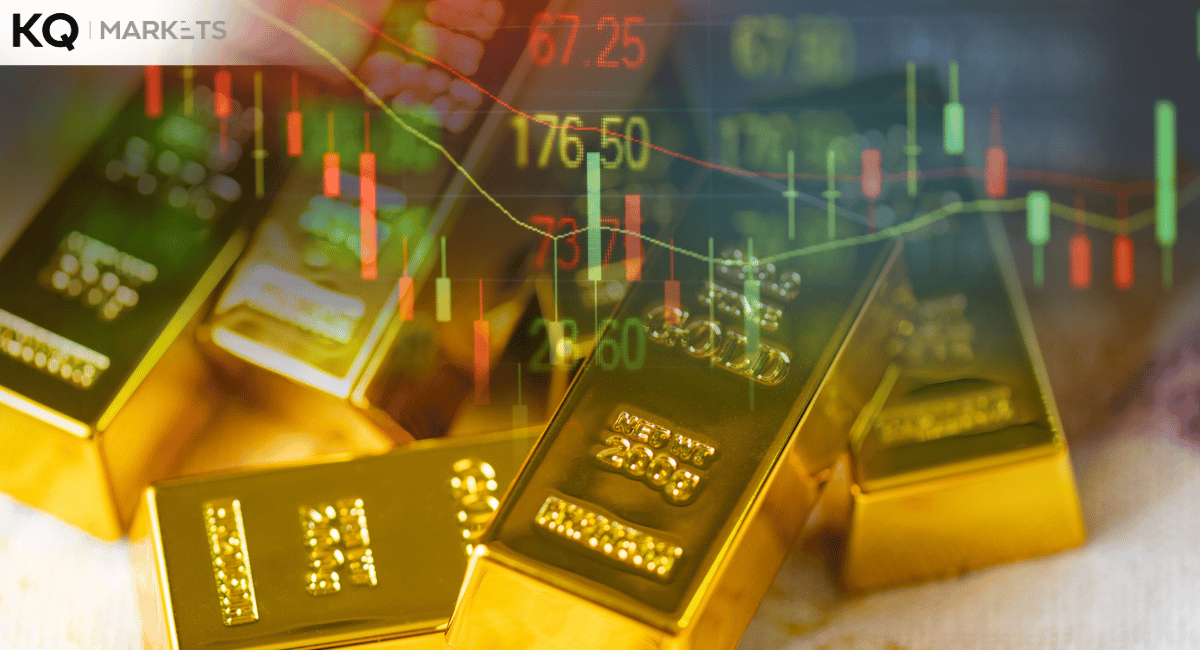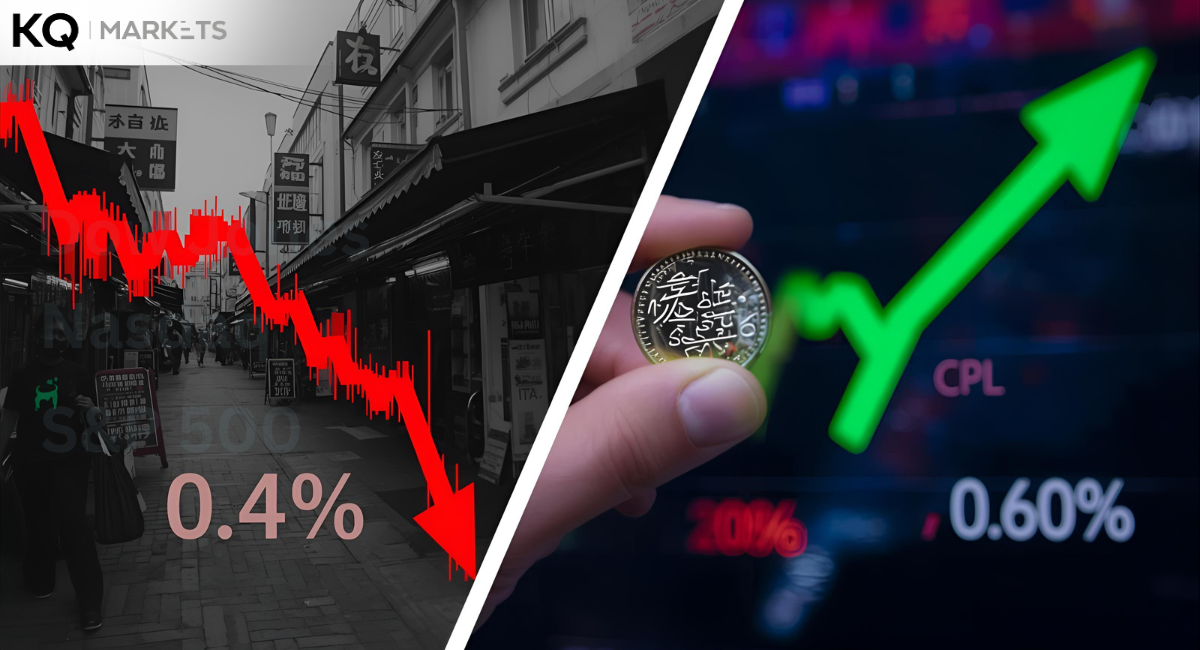The higher-than-expected inflation data on Tuesday last week forced stocks into the worst selloff in more than two years, but everything stabilized by Wednesday. Inflation remains the primary focus with August's recent PPI (producer price index) release. The producer price index measures the cost of services and goods from suppliers. It increased at a slower annual rate, like the CPI (consumer price index) in August.
Nonetheless, on a month-to-month basis, both the PPI and the core PPI that excludes food & energy prices rose from the figures in July. Experts believe there is a divergence in core inflation and headline building. In simple terms, the core inflation is heating up while the headline is cooling. Generally, these stats represent an odd phenomenon likely due to transforming from commodities to services post-pandemic.
In any case, the Federal Reserve must trade cautious enough to avoid bumping into an emergency rate hike brake. Unlike Tuesday’s stock exchanges, which were broad-based, Wednesday’s ones were more mixed. In sector performance, US crude futures increased by 1.3% to $88.48 per barrel, energy (+2.8%) outperformed, and materials (-1.2%) & real estate (-1.2%) were the biggest laggards.
For the major stock indexes, the Dow Jones Industrial Average (at 31, 135 by +0.1%) closed with modest gains, the S&P 500 index (at 3,946 by +0.3%), and the Nasdaq Composite closed at 11,719 by 0.7%. SBUX (Starbucks) increased by 5.5% after the coffee chain increased its growth targets. Overall, the company now projects annual earnings growth of 15 to 20 percent over three years. It also predicts the same-store long-term growth of 7 to 9 percent, up from the previous 4.5% & 11% growth.
For the most part, Starbucks has set a higher standard as it believes in its achievable brand capabilities and new management strength. They believe in focusing on accelerating growth despite the macro uncertainties. The latest inflation updates point to another aggressive Fed borrowing cost hike during the next policy meeting.
The probability that central banks will increase the benchmark rate by 75 basis points has increased from 45% to 75%. The odds for a 100 basis point borrowing cost increase have skyrocketed from o% to 26%. Above all, the Federal Reserve is more likely to increase the interest rates through the coming months until inflation slows down. Hence, risk assets such as stock will continue struggling, and investors must maintain a diversified or defensive portfolio to succeed.

